A message from Studsvik Scandpower
About Studsvik Scandpower

On Episode 12 of RadioNuclear, we discuss how fear-mongering stories about nuclear power plants in the path of a hurricane are irrelevant, the Oyster Creek Shutdown, and lastly, how nuclear power should be used geopolitically.
"How do we move nuclear energy into the future?" was the question asked and answered in a variety of ways during a fascinating speakers' session that followed this morning's opening plenary. Several expert speakers in a variety of fields provided frank and illuminating commentary on the condition of nuclear now, and on the things that have to change for nuclear energy to be vibrant in the decades to come.
by Will Davis; information for this report obtained both from the 2016 ANS Annual Meeting session on Prototype Gen-IV Reactors and from representatives of the Korea Atomic Energy Research Institute (KAERI), its subsidiary Sodium-cooled Fast Reactor Development Agency (SFRA), KEPCO Engineering & Construction,+ and Argonne National Laboratory.
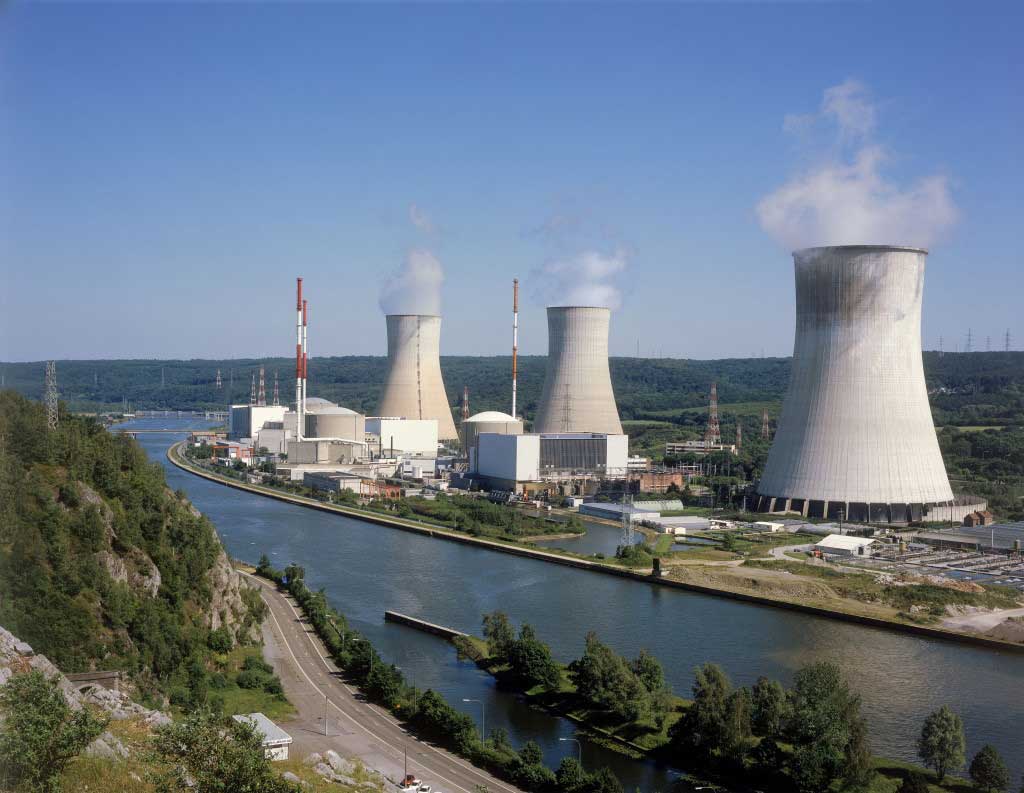
Tihange Nuclear Plant, Belgium. Courtesy Electrabel.
The years-long saga surrounding the reactor pressure vessels at the Doel-3 nuclear power plant and Tihange-2 NPP in Belgium has taken another turn, pushing these units back into the broader news cycle and renewing calls from some (uninformed) quarters for further worldwide action and/or permanent shutdowns.
The continued introduction of renewables onto the electric grid in the United States is ensuring that discussion of whether or not these assets can be integrated with existing or expected designs of other sources continues. In this discussion, nuclear energy is often wrongly described as "on or off"-but in fact, nuclear plants can and do load follow (respond to changing system demands) although it's a matter of both design and owner utilization-with a focus on economics-that determines if or when any actually do.
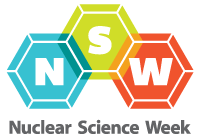 The fifth and final day of Nuclear Science Week is all about Nuclear Medicine. Have you ever experienced a procedure at a hospital that employed radiation? Did you know that there are actually many different ways that nuclear technology is employed in medicine-and not just at your local hospitals?
The fifth and final day of Nuclear Science Week is all about Nuclear Medicine. Have you ever experienced a procedure at a hospital that employed radiation? Did you know that there are actually many different ways that nuclear technology is employed in medicine-and not just at your local hospitals?
I've been listening to an evangelical group of molten salt reactor enthusiasts for several years. Their pitch is attractive and they often make good arguments about the value of rethinking the light water reactor technology model, but most of the participants are unrealistic about the economic, material, technical, and regulatory barriers that their concepts must overcome before they can serve market needs.
The second Sunday in May marks the celebration of Mother's Day in the United States and many countries. In honor of this wonderful tradition, the Nuclear Cafe Matinee is quite pleased to showcase interviews with nuclear engineer Julie Ezold, Californium-252 Production Program Manager at Oak Ridge National Laboratory.
Expanding U.S. nuclear exports a key component of effective nonproliferation policy
The Centers for Disease Control and Prevention (CDC) estimates that 1 in 6 people get food poisoning each year in the United States and that 3000 die from foodborne illness. Food irradiation can drastically decrease these numbers by killing harmful bacteria such as E. coli and Salmonella in meat and produce. The U.S. government endorses the use of food irradiation, but does not educate the public about its benefits. Food irradiation has not caught on in the United States because consumers fear that radiation will mutate the food. The U.S. Food and Drug Administration (FDA) requires a label (pictured below) for any food that has been irradiated.
The commercial nuclear power industry has a remarkable safety record despite lingering images from the accidents at Three Mile Island and Fukushima Daiichi. This record is the legacy of a community of nuclear power plant designers, operators, and regulators who, though imperfect, were committed to the safety of the commercial nuclear power enterprise.
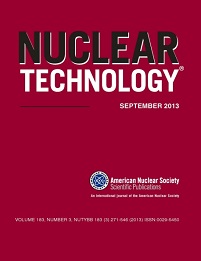 The September 2013 edition of the technical journal Nuclear Technology is available electronically and in hard copy for American Nuclear Society member subscribers and others.
The September 2013 edition of the technical journal Nuclear Technology is available electronically and in hard copy for American Nuclear Society member subscribers and others.
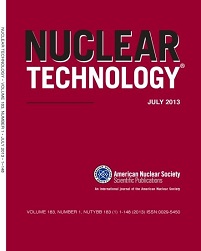 The July 2013 edition of the technical journal Nuclear Technology is available electronically and in hard copy for American Nuclear Society member subscribers and others.
The July 2013 edition of the technical journal Nuclear Technology is available electronically and in hard copy for American Nuclear Society member subscribers and others.
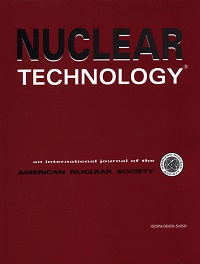 The May 2013 edition of the technical journal Nuclear Technology (NT) is available electronically and in hard copy for American Nuclear Society member subscribers and others.
The May 2013 edition of the technical journal Nuclear Technology (NT) is available electronically and in hard copy for American Nuclear Society member subscribers and others.
 The US Department of Energy has a $452 million program to share development and licensing costs for selected small modular reactor (SMR) designs. The DOE's goal is to have an operating SMR by ~2022. Last November, the DOE awarded the first grant to the B&W mPowerTM reactor. In more recent news, the DOE has decided to issue a follow-on solicitation to enter a similar cost-sharing agreement with one or more other SMR vendors (and their SMR designs). The status of development and licensing for several SMR designs are summarized below.
The US Department of Energy has a $452 million program to share development and licensing costs for selected small modular reactor (SMR) designs. The DOE's goal is to have an operating SMR by ~2022. Last November, the DOE awarded the first grant to the B&W mPowerTM reactor. In more recent news, the DOE has decided to issue a follow-on solicitation to enter a similar cost-sharing agreement with one or more other SMR vendors (and their SMR designs). The status of development and licensing for several SMR designs are summarized below.
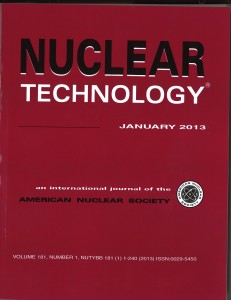 The American Nuclear Society is soliciting names of qualified members who are interested in becoming the editor of the ANS journal Nuclear Technology (NT). Dr. Nicholas Tsoulfanidis, Professor Emeritus of Nuclear Engineering, Missouri University of Science and Technology, has served as editor of NT since June 1997. During his term, Professor Tsoulfanidis has done an outstanding job. He has raised NT's reputation for technical excellence and has kept up a full schedule of publishing monthly issues.
The American Nuclear Society is soliciting names of qualified members who are interested in becoming the editor of the ANS journal Nuclear Technology (NT). Dr. Nicholas Tsoulfanidis, Professor Emeritus of Nuclear Engineering, Missouri University of Science and Technology, has served as editor of NT since June 1997. During his term, Professor Tsoulfanidis has done an outstanding job. He has raised NT's reputation for technical excellence and has kept up a full schedule of publishing monthly issues.
Taxpayers for Common Sense on February 27 issued a press release targeting the Department of Energy for "wasting more than half a billion dollars" on its small modular reactor (SMR) development cost-sharing program. Leaving aside the historically essential role of government investment in developing, advancing, and bringing to market innovative energy technologies-and the fact that early government investments in nuclear energy technology now pay back enormous dividends to all Americans in billions of dollars' worth of affordable and emission-free electricity generation every year-many of the advantages of advanced SMR energy technologies were overlooked or misconstrued in the group's press release and policy brief.
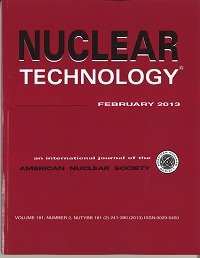 The February 2013 edition of the technical journal Nuclear Technology (NT) is available electronically and in hard copy for American Nuclear Society member subscribers and others.
The February 2013 edition of the technical journal Nuclear Technology (NT) is available electronically and in hard copy for American Nuclear Society member subscribers and others.